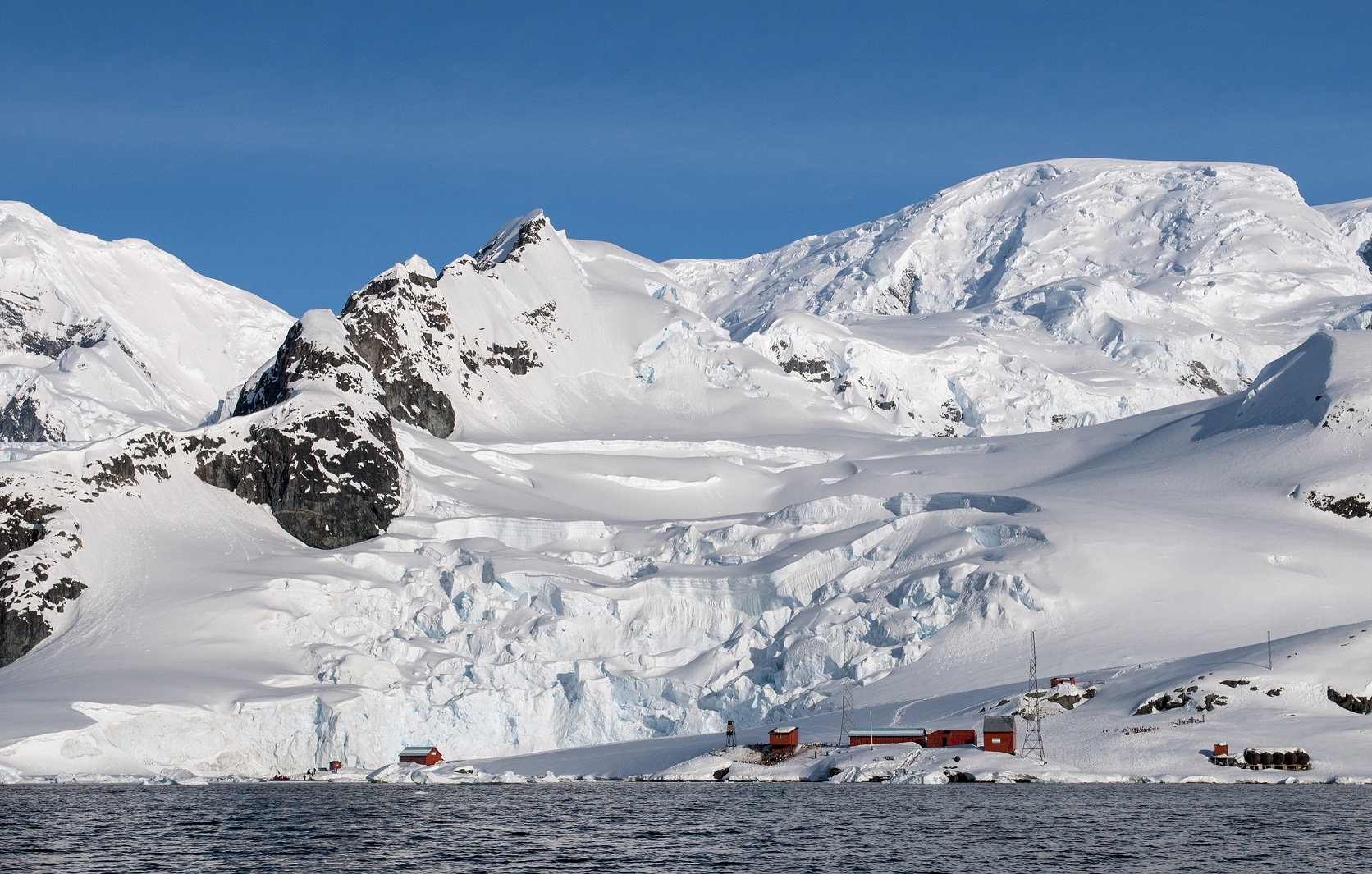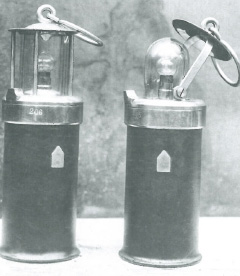Which Battery Is the Most Durable? Polar Explorers Know.
Application
August 27. 2023
2 min.
In the most remote regions of the Earth, at tens of degrees below freezing, the concept of reliability has a completely different meaning. It is literally the answer to the question of life and death, especially when it comes to energy supply.

In a remote area of Alaska, 100 kilometres from the Arctic Circle, on Burnt Mountain, the US Air Force (USAF) operates an inconspicuous seismic observatory. The unmanned station consists of five small wooden sheds clustered within a 1.5-mile radius. They hide instruments that can detect seismic activity thousands of miles away and assess whether it was caused by nuclear explosions. The facility is therefore used to monitor compliance with nuclear test ban treaties.
Originally, the observatory was powered by 10 nuclear batteries, called radioisotope thermoelectric generators (RTGs), each containing 0.5 to 1.7 kilograms of a highly radioactive strontium isotope. For safety and environmental reasons, the RTGs were replaced with a centralized hybrid generation system in 2015. This consists of 720-watt photovoltaic panels and thermoelectric generators (TEGs) powered by propane.
An equally important part of the system is battery storage, which helps to balance generation and ensures a steady supply of electricity, especially during the polar night lasting from November to January. Both the generation and the storage must cope with extreme weather conditions, as well as minimal to no maintenance due to the remoteness of the site. Choosing the optimal combination of technologies was therefore not easy, and the USAF commissioned an extensive study carefully comparing the various options.
The toughest of all
As far as the battery storage is concerned, experts were fairly quick to rule out lithium-ion cells. At sub-zero temperatures, the cell's internal resistance will increase significantly, slowing down chemical reactions and reducing the battery's capacity or making it harder to charge. In cold weather, Li-ion cells require more frequent charging, which shortens their lifetime. And in such a remote location, this is a key consideration.
In terms of low-temperature resistance, lead-acid batteries are similar to Li-ion-- they lose about 30 percent of their normal capacity below zero and more than half of their nominal capacity at temperatures around -30 °C. So, given the temperatures during the winter months, the storage under Burnt Mountain would have to be sized for many times the capacity required for Alaskan summer conditions.
Therefore, the study clearly recommended nickel-cadmium cells, which even in extremely cold weather just shrug off the cold. They work perfectly well at -20°C, but even at -50° if filled with a denser electrolyte, i.e., with a higher potassium hydroxide concentration. So, unlike lead and lithium-ion batteries, they don't require sophisticated auxiliary temperature control systems, and they require basically no special protection against freezing.
The absence of complex support systems contributes to the already outstanding reliability of Ni-Cd cells, which also last a long time. Over the 30-year expected operating life of the Burnt Mountain observatory, they should need to be replaced only once, instead of requiring several replacements like conventional lead-acid batteries, not to mention the lifetime of lithium-ion cells under these conditions.
Ni-Cd storage can thus be found not only powering unmanned facilities such as Burnt Mountain or, for example, polar radio communication stations. But even at larger installations, such as the Czech Antarctic station named after the "father of genetics," Johann Gregor Mendel, located on the north coast of James Ross Island, where the lowest temperatures are around thirty-five below zero. Here, too, a combination of multiple sources provides energy: diesel generators, solar thermal collectors, solar cells and a set of wind turbines. The energy produced is stored in Ni-Cd batteries, which can cover the average station's consumption for 24 hours if needed.
Related articles
Why Stabilizing the Grid can be done so Efficiently with Batteries
March 27. 2025
2 min.
View moreElectric Buses on the fast Track
March 4. 2025
2 min.
View moreEasy Riding with Battery Power
February 13. 2025
2 min.
View moreMaking Water Flow with Batteries
November 8. 2024
2 min.
View more



